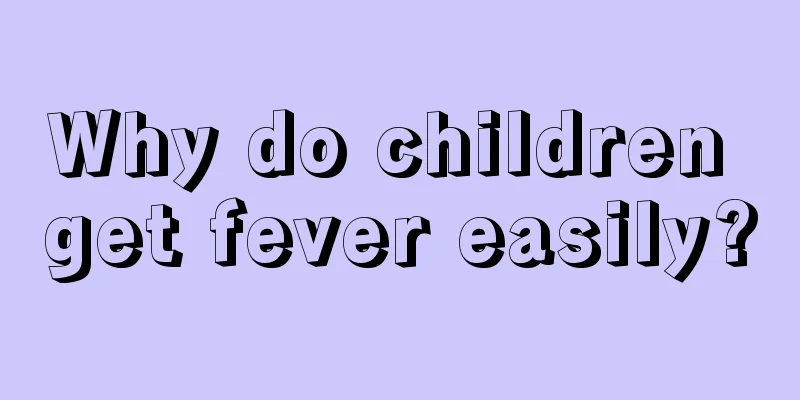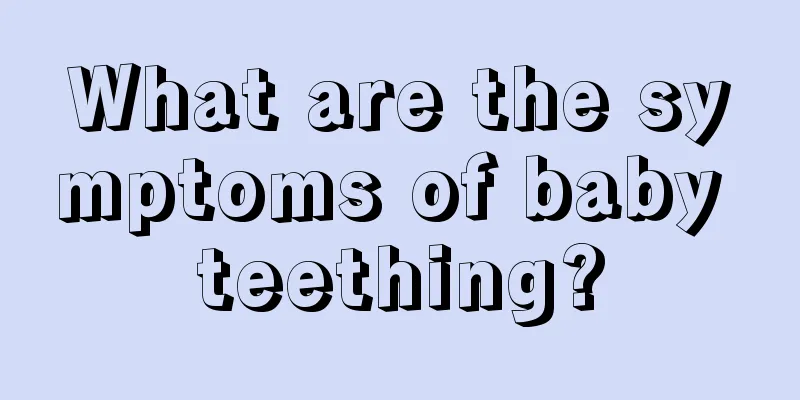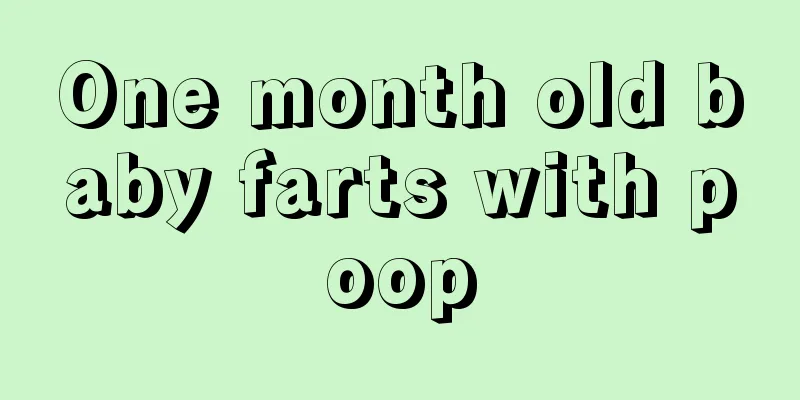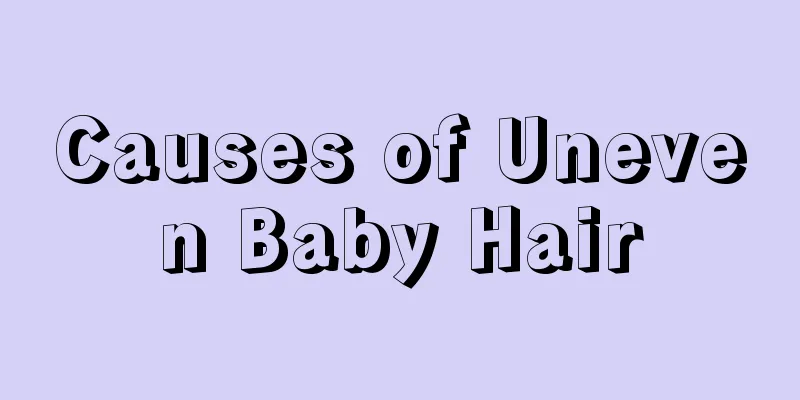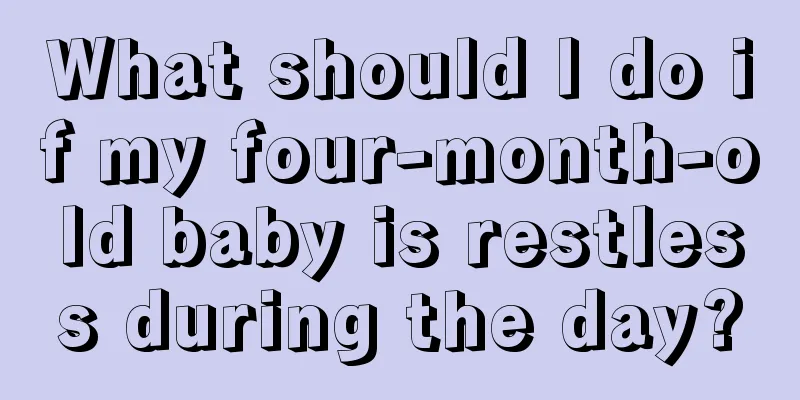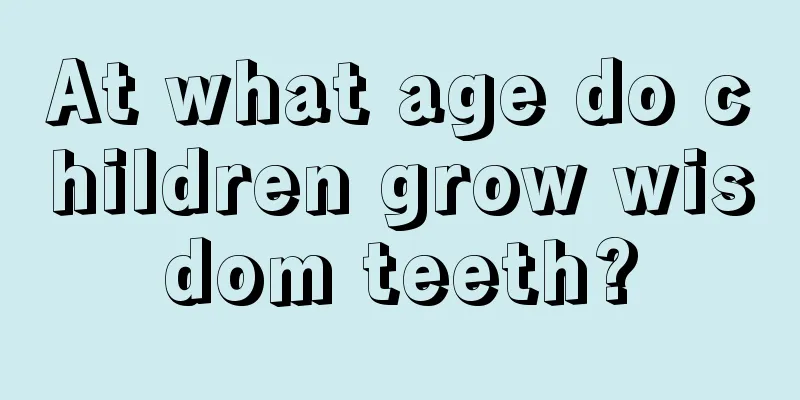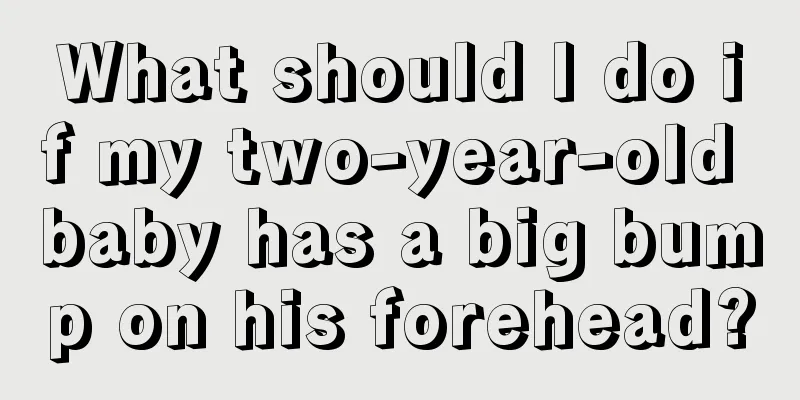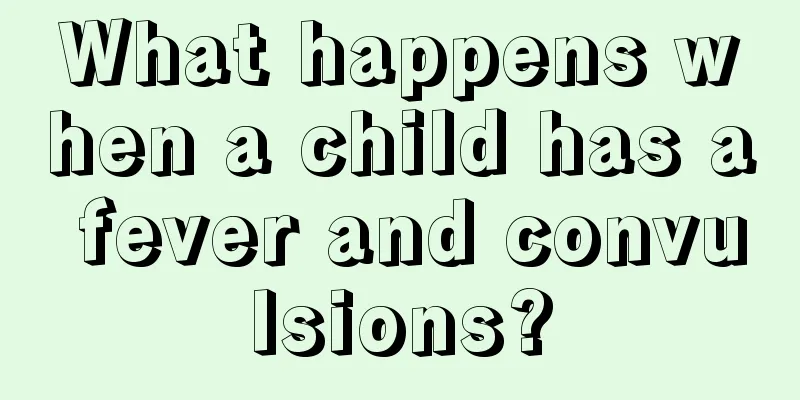What is the development standard of an eight-month-old baby?

|
Everyone knows that children develop very quickly. In the infant stage, children eat and sleep, and sleep and eat. This is the stage of physical growth. The baby's physical condition is different every month, so what is it like when they are eight months old? Let's take a look at what is the development standard for an eight-month-old baby? 1. At eight months old, the weight of a baby boy is 6.9 to 10.8 kg and the height is 65.7 to 76.3 cm; the weight of a baby girl is 6.3 to 10.1 kg and the height is 63.7 to 74.5 cm. By this month, the baby can grow 2 to 4 teeth. The eighth month of crawling 2. At this time, the child can sit up without support and sit very steadily. He can sit alone for a few minutes, play while sitting, and turn his upper body freely from side to side without falling down. Although he still leaned forward from time to time, he was mostly able to support himself with his arms. As his trunk muscles gradually strengthen, he will eventually learn how to roll over into a prone position and back up into an upright position. Now he can turn over at will, and he will turn over if he is not careful, and can turn from prone to supine position, or from supine to prone position. So never leave your child alone at any time. 3. At this point the baby has reached a new developmental milestone – crawling. At the beginning, there are three stages of baby crawling. Some children crawl backwards, some spin in place, and some crawl forward. These are all part of the crawling process. Once the baby's limbs are well coordinated, he can stand up and crawl on his hands and knees, with his head and neck raised and his chest and abdomen off the bed. Can crawl around on the bed. 4. At this time, he may really like to listen to the "swish" sound of turning pages and tearing paper. Regardless of whether he has teeth or not, he will eat biscuits and chew them. 5. At this stage, he can basically pinch things very accurately with his thumb, index finger and middle finger, and he will use this pinching skill on any small object. He'll even do the finger-snapping motion if you show him. The hands and eyes can be coordinated and act together. No matter what they see, they like to reach out and grab it. They can put small objects in a large box and then pour them out, and put them in and pour them out repeatedly. In the process of manipulating objects, the ability to perceive things, such as size, length, weight, etc., gradually improves. The child's hands become more flexible, and he will clap his hands on the table vigorously. He finds the sound novel and interesting. He can stretch out his fingers and actively put down or throw away the objects in his hands instead of passively letting go. Even if adults help him pick them up, he will throw them away again. Can play with two objects at the same time, such as putting a small box into a large box, hitting a bell with a small stick, and knocking toys with both hands. He can make toys make a sound by squeezing them, and he can also give toys to designated people. Open your arms and ask adults to hold you. Eat food with your fingers. Transferring objects from one hand to the other. Whatever you have in your hand, shake it or bang it. At this time, the baby's various movements begin to become intentional, and he will use one hand to pick up things. 6. The child transitions from early gurgling or squealing sounds to recognizable syllables. He would make clumsy sounds like "Mom" or "Bye-bye". When you are very happy, he will feel that what he says has some meaning, and soon he will use the sound of "Mom" to call you or attract your attention. At this stage, he says "Mom" every day just to practice speaking vocabulary. He does not understand the meaning of these words yet, and cannot really connect them with his father and mother. With this foundation, it won't be long before the child can actually call mom and dad, and eventually he will say it when he wants to communicate. 7. Babies at this stage become noticeably more active and their pronunciation increases significantly. When he is well fed, well rested and in a good mood, he will often pronounce words actively. The sounds he makes are no longer simple vowel sounds "a" and "e", but consonant sounds "pa" and "ba" etc. Another characteristic is the ability to pronounce the initial consonants and finals continuously, resulting in continuous syllables, such as "a-ba-ba", "da-da-da", etc. Therefore, the language development of children at this age is also said to be in the stage of repeated continuous syllables. 8. In addition to pronunciation, children have also made significant progress in understanding adult language. He can already distinguish his mother's voice from other people's voices, and can distinguish the different tones of adults. For example, when adults praise him, he can express happy emotions, and when he hears adults blaming him, he expresses frustrated emotions. The baby can also "understand" some of the words of adults and make corresponding responses. For example, when an adult says "Where is Dad", the baby will turn his head to his father. When an adult says "Goodbye" to the baby, he will wave his hand, indicating that the baby can already carry out some simple verbal communication. Can make various monosyllabic sounds and talk to his toys. Can make bilabial sounds such as "dada, mama", and can imitate coughing, tongue clicking or smacking sounds. Children can pronounce words in different ways to familiar people, such as the strength and happiness of the sounds made to familiar people are obviously different from those made to strangers. He will also use 1-2 actions to express language. 9. Children at this age are curious about everything around them, but their attention span is difficult to sustain and they easily switch from one activity to another. They pat, kiss and smile at their own reflection in the mirror and move their bodies to get toys that interest them. He understands adults' facial expressions. He will smile when adults praise him and show grievance when adults scold him. 10. If you talk to a child very kindly, he will be happy; if you scold him, he will cry. From this point of view, children at this age have begun to understand other people's feelings. They like to be held by adults. When adults stand in front of them and greet them with open arms, the children will smile and stretch out their hands to show that they want to be held. What are the developmental standards for babies at eight months? Above I introduced to you the development of an eight-month-old baby. After understanding this, we can observe the condition of our own baby and see whether it is normal based on the baby’s condition. I hope all babies can grow up healthy and strong. |
<<: Reasons for a three-year-old baby to cough and vomit
>>: What is the appropriate height of pillow for a one-year-old baby?
Recommend
Why is my 4-year-old drooling?
When it comes to drooling, you may think of babie...
Symptoms of gastroesophageal reflux in children
The problem of reflux in the feeding tube of youn...
Can children with mild cerebral palsy heal on their own?
There is a certain chance that newborn babies wil...
Causes of swollen eyes in babies
In fact, for those who have just become parents, ...
Is it OK for a baby to sleep on his tummy?
Like adults, babies’ sleeping positions are very ...
Physiological characteristics and heart rate characteristics of preschool children
The heart rate characteristics of different group...
What is the use of rubbing the soles of your baby's feet?
For some babies, since some organs have not yet f...
What should I do if my child has a runny nose and cough?
There will be many diseases in our lives. Good he...
What to do if a child has phimosis?
In daily life, you will see a very interesting ph...
100-day-old baby development indicators
I don’t know if you are aware of the developmenta...
How to treat pneumonia in a full-month baby
Pneumonia is a relatively serious disease for us ...
What to do if your child has prickly heat
In the summer, prickly heat will appear at any ti...
What causes a girl's stomach ache?
As we all know, children are more lively and acti...
Can babies eat lotus root?
The baby has just come into this world from the m...
How often should you change your baby's diapers?
The invention of diapers has provided great conve...
